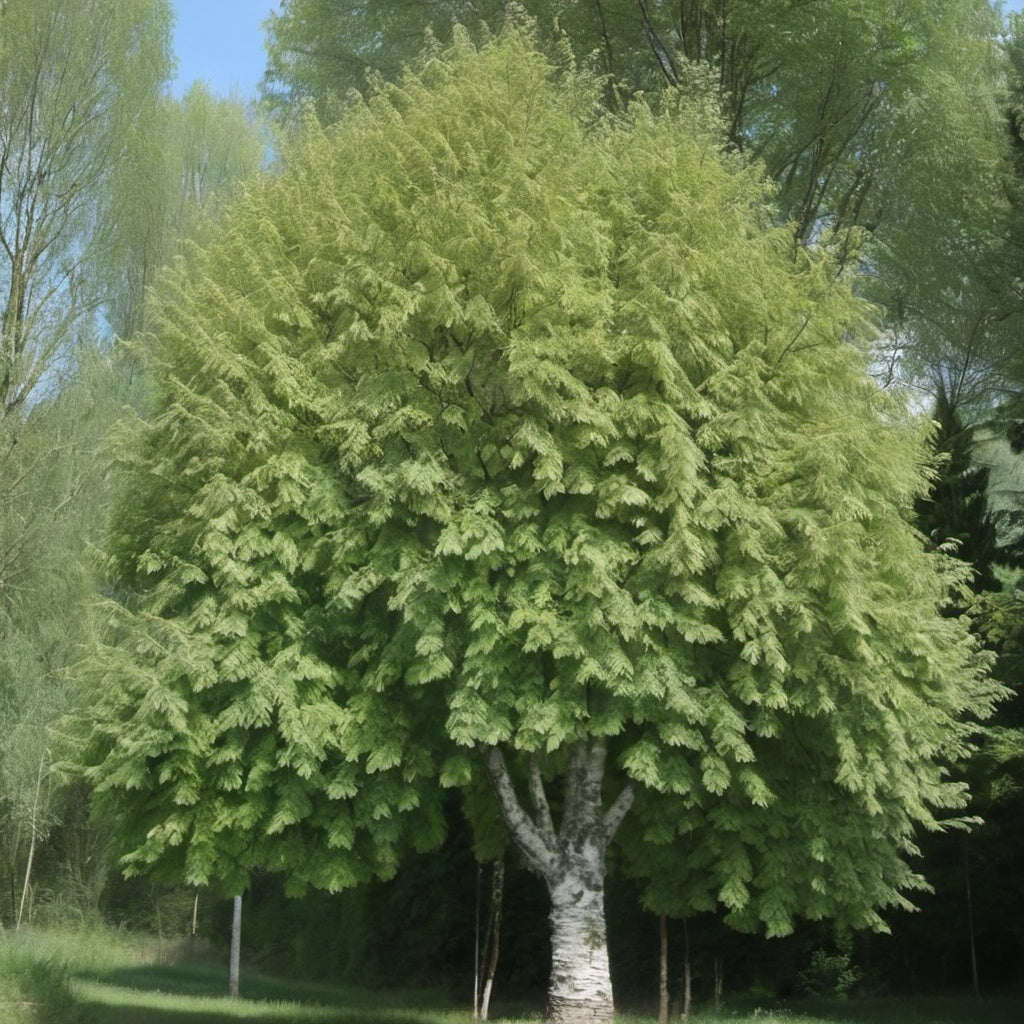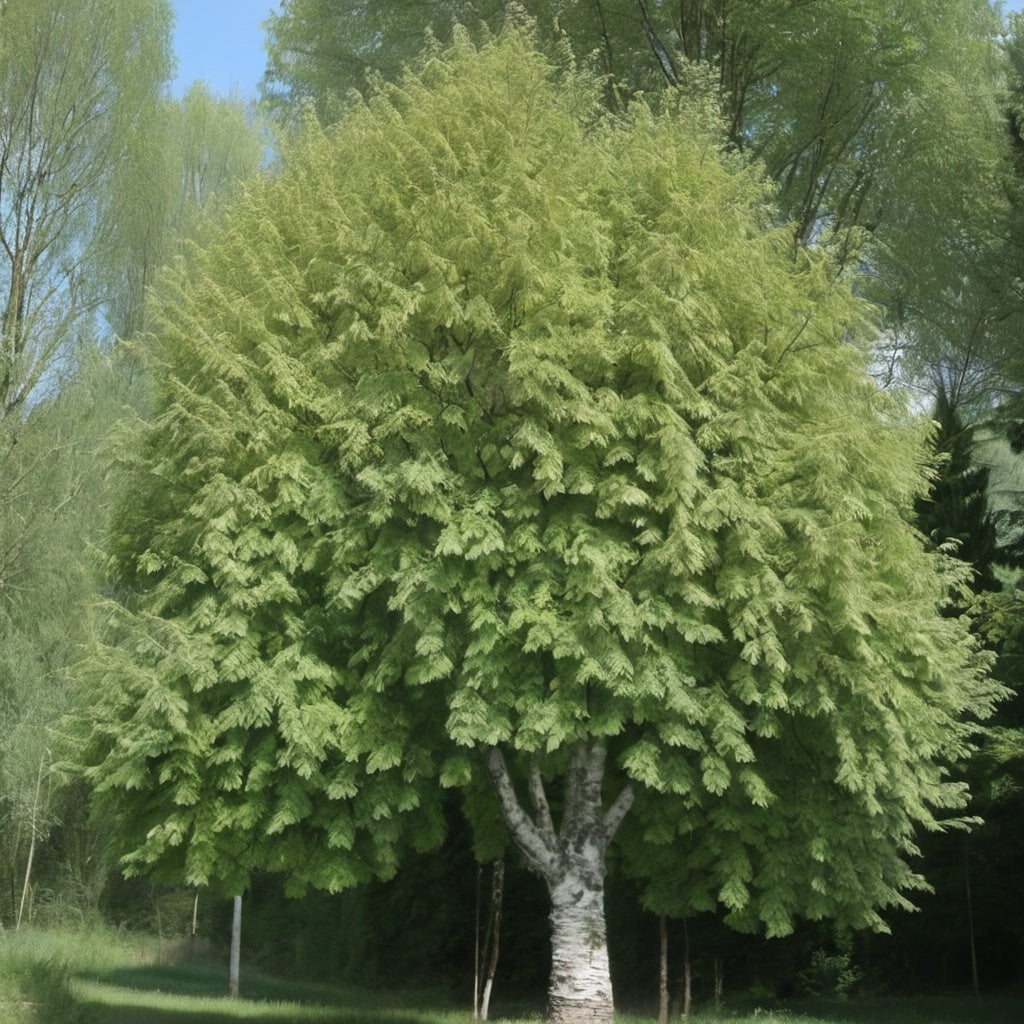Italian Alder Tree Seeds
Italian Alder Tree Seeds
Couldn't load pickup availability
Italian Alder Tree Seeds
(Alnus cordata)
Alnus cordata, commonly known as the Italian alder, is a fast-growing deciduous tree native to southern Italy and Corsica. It is part of the Betulaceae family and is valued for its adaptability to a wide range of soil conditions.
Description:
- Height and Spread: Alnus cordata can grow up to 15-25 meters (50-80 feet) tall with a spread of around 8-12 meters (25-40 feet).
- Leaves: The heart-shaped, glossy green leaves are about 6-12 cm long. They remain on the tree longer in the autumn than many other species of alder.
- Flowers: The tree produces both male and female catkins. The male catkins are long, yellow, and pendulous, while the female catkins are smaller, turning into small, woody cones.
- Bark: Its smooth, greyish-brown bark develops fine fissures as the tree ages.
Growth Conditions:
- Soil: It thrives in moist, well-drained soils but can tolerate poor, dry, or even compacted soils.
- Light: Full sun to partial shade.
- Water: It prefers wetter conditions and can withstand flooding, making it a good option for planting near water bodies.
- Climate: Alnus cordata is hardy in zones 5-9 and can withstand cooler temperatures, but it prefers a more temperate climate.
Uses:
- Erosion Control: It is commonly used for stabilizing soils and controlling erosion because of its fast growth and ability to fix nitrogen.
- Ornamental: Its attractive foliage and tolerance to various conditions make it a popular choice for urban planting and landscaping.
- Wood: The wood is lightweight and often used for small construction projects or firewood.
Alnus cordata is known for being a resilient tree that improves soil fertility through its nitrogen-fixing ability, benefiting nearby plants and ecosystems.
Zones: 5 to 8
Stratification Requirement: 30-60 days cold moist stratification required.
Planting Instructions:
Soak the seeds in water for 24 hours to help break down their natural dormancy. Italian alder seeds generally require a period of cold stratification to improve germination rates. Place the soaked seeds in a resealable plastic bag with moist sand or seed starting mix and refrigerate them for about 6-8 weeks. This mimics the natural winter conditions and helps stimulate sprouting.
After the cold stratification period, prepare seed trays or pots with a well-draining, sandy soil mix. Scatter the seeds on the surface and lightly press them into the soil without fully covering them, as they need light to germinate. Keep the soil consistently moist but not waterlogged by misting the surface regularly. Place the trays in a location with indirect sunlight and maintain a temperature of around 65-70°F (18-21°C). Germination usually occurs within a couple weeks.
Once the seedlings have grown strong enough to handle, they can be carefully transplanted into larger pots or directly into the ground. Italian alder trees prefer well-drained soils but can tolerate a wide range of conditions, including poor, compacted, or even slightly alkaline soils. Choose a planting site that receives full sun, as these trees grow best in bright, open spaces. Ensure the young trees are watered regularly during the first growing season to establish a strong root system, but be cautious not to overwater, as alders are adapted to somewhat drier conditions once established.
Share


